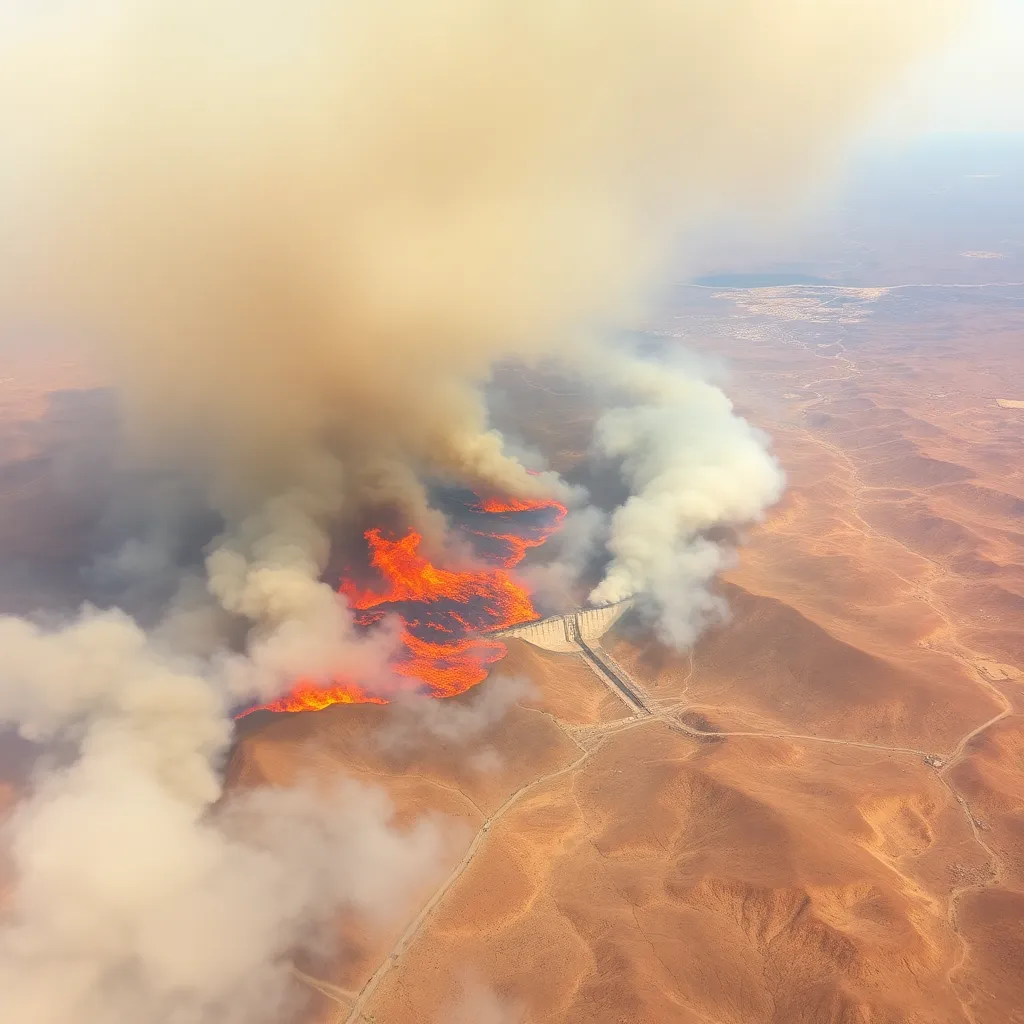
As multiple fires raged across Los Angeles County on Wednesday, forcing thousands of residents to evacuate, a growing chorus of critics is pointing to two seemingly unrelated factors as contributing to the region’s water woes: fish protections and California dam removal.
The wildfires, which have become an all-too-familiar occurrence in the Golden State, have once again highlighted the importance of adequate water resources in combating these infernos. However, some argue that environmental regulations aimed at protecting fish populations and the dismantling of dams have limited the state’s ability to store and distribute water effectively.
At the heart of the controversy is the Endangered Species Act (ESA), which has led to increased protections for various fish species, including the delta smelt and Chinook salmon. While these protections are intended to preserve the delicate balance of California’s ecosystems, critics argue that they have resulted in the diversion of water away from agricultural and municipal uses, exacerbating the state’s water shortages.
Furthermore, the removal of dams in California has also been cited as a contributing factor to the state’s water woes. The dams, which were once used to store and regulate water flows, have been dismantled in recent years due to concerns over their environmental impact. While the removal of these dams has been hailed as a victory for environmentalists, it has also reduced the state’s water storage capacity, leaving it more vulnerable to droughts and wildfires.
As the situation in Los Angeles County continues to unfold, it remains to be seen whether these factors will be addressed in the aftermath of the fires. One thing is certain, however: the need for a comprehensive and balanced approach to water management in California has never been more pressing.
In the face of these challenges, state officials and policymakers will need to weigh the competing demands of environmental protection, agricultural interests, and municipal needs to ensure that California’s water resources are managed in a way that prioritizes both the environment and public safety. As the state looks to the future, it is clear that finding a solution to its water woes will require a collaborative effort and a willingness to adapt to the changing needs of its ecosystems and communities.





